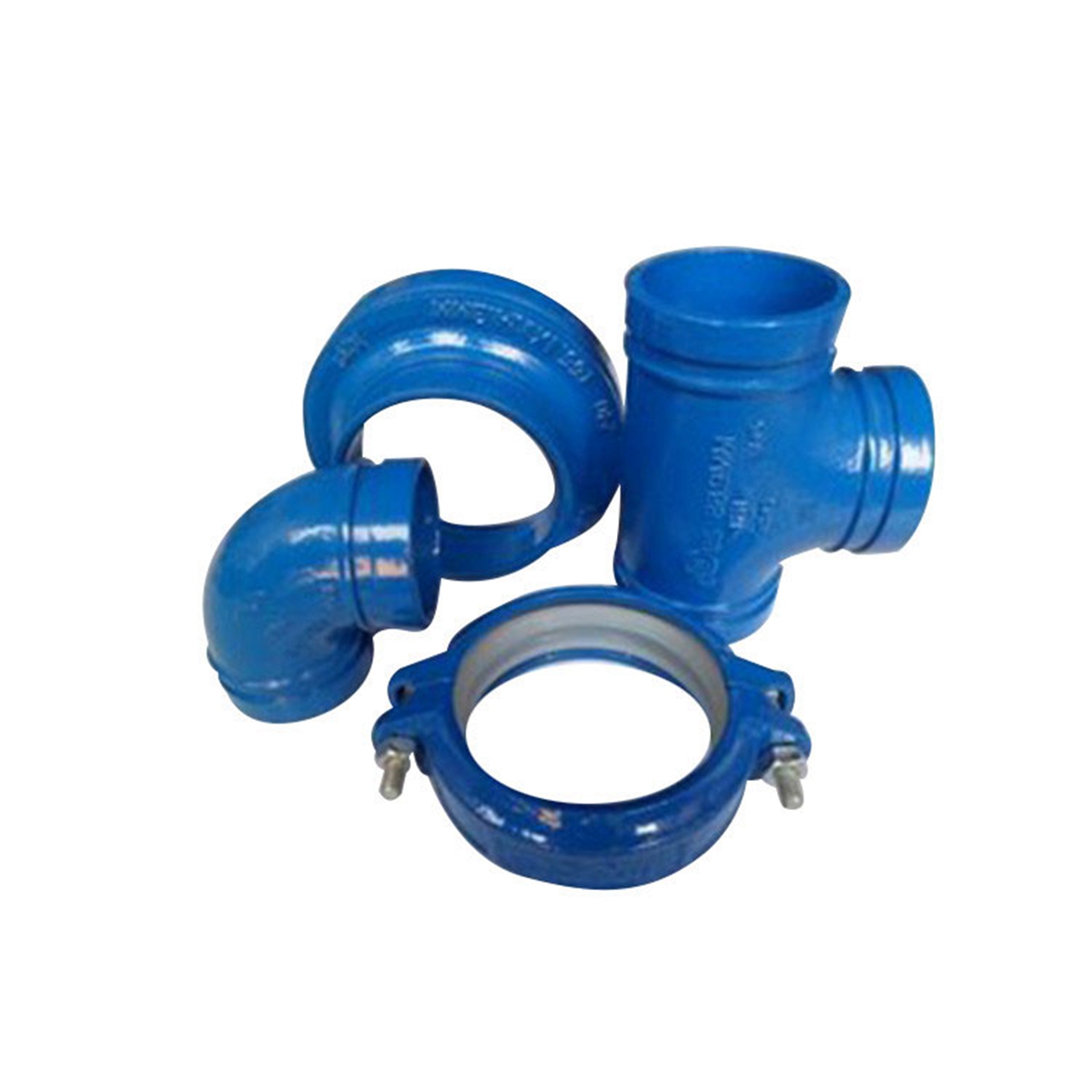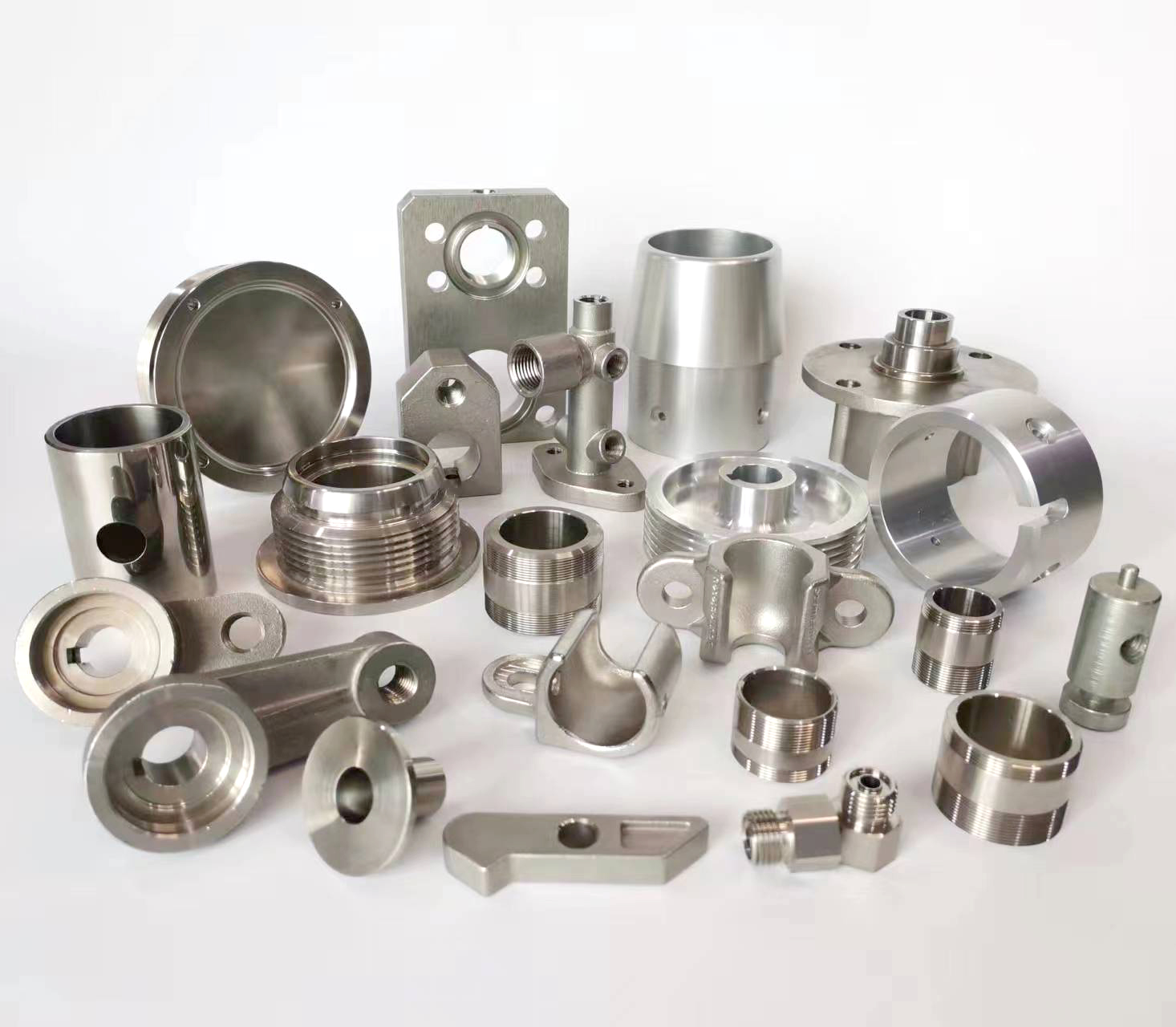
Spray painting metal is a process that requires careful preparation, execution, and finishing to achieve a durable, high-quality, and professional result. Ignoring key precautions can lead to poor adhesion, premature failure, and an unsightly finish. Here are the essential precautions, broken down into stages.
1. Safety Precautions (The Highest Priority)
Ventilation: Always work in a well-ventilated area. Use a spray booth, an exhaust fan, or work outdoors. Spray paint fumes are toxic and flammable.
Respiratory Protection: Wear a NIOSH-approved respirator with organic vapor cartridges rated for paints and finishes. A simple dust mask is not sufficient.
Eye and Skin Protection: Wear safety goggles to protect your eyes from overspray and chemical splashes. Wear nitrile or chemical-resistant gloves and long sleeves to prevent skin contact with solvents and paint.
Fire Hazard: Spray paint and its vapors are highly flammable. Eliminate all sources of ignition: no smoking, no open flames, and ensure all electrical equipment (lights, fans) is explosion-proof. Keep a fire extinguisher (Class B for flammable liquids) nearby.
Safe Disposal: Dispose of used rags, empty cans, and waste materials properly. Oily rags can spontaneously combust. Follow local regulations for hazardous waste disposal.
2. Preparation: The Most Critical Stage
Proper preparation is 90% of a successful paint job. Failure here guarantees problems later.
Degreasing and Cleaning: Thoroughly clean the metal part to remove all oil, grease, dirt, and wax. Use a dedicated metal cleaner or degreaser (e.g., acetone, mineral spirits, isopropyl alcohol). Wipe down and allow it to fully evaporate. Never touch the cleaned surface with bare hands.
Rust Removal: Remove all rust completely using a wire brush, sandblasting, chemical rust remover, or abrasive paper. Paint will not adhere to rust, and it will continue to spread underneath the coating.
Surface Profiling (Abrasion): The surface must be slightly roughened (scuffed) to provide “tooth” for the paint to mechanically bond to. Use 120-220 grit sandpaper or a scuff pad. For best adhesion, especially on smooth surfaces, consider sandblasting.
Removing Old Paint: Loose or flaking old paint must be removed. Feather the edges of any remaining sound paint with sandpaper.
Final Cleaning: After sanding, clean the surface again to remove all sanding dust. Use a tack cloth or a lint-free rag dampened with cleaner.
Masking: Use high-quality painter’s tape and masking paper or plastic to protect any areas you do not want to be painted. Ensure edges are sealed tightly to prevent overspray from bleeding through.
3. Environmental Conditions
Temperature and Humidity: Ideal conditions are between 65°F – 85°F (18°C – 30°C) and low to moderate humidity (below 65%). High humidity can cause moisture to become trapped under the paint, leading to “blushing” (a whitish haze) or poor curing. Cold temperatures prevent proper paint flow and curing.
Dust and Debris: Work in as clean an environment as possible to avoid dust, insects, and other contaminants from settling on the wet paint.
4. Priming
Use a Primer: For a durable and long-lasting finish, always use a primer designed for metal.
Choose the Correct Primer:
For Bare Steel: Use an etching primer (acid-based) or a rust-inhibitive primer (contains phosphoric acid or zinc chromate/epoxy) to prevent oxidation.
For Galvanized Steel or Aluminum: Use a self-etching primer specifically formulated for non-ferrous metals to ensure adhesion.
Apply Primer Correctly: Apply primer in thin, even coats as directed. Allow it to dry and cure completely before sanding or applying topcoat.
Sanding Primer: Once dry, lightly sand the primed surface with 320-400 grit sandpaper to create a perfectly smooth base for the topcoat. Clean thoroughly afterward.
5. Spray Painting Application
Shake the Can Thoroughly: Shake the aerosol can for at least one full minute after the mixing ball starts to rattle. Agitate regularly during use.
Maintain Proper Distance: Hold the spray can or gun 6 to 10 inches (15-25 cm) from the surface. Too close will cause runs and sags; too far will cause a rough, dry, orange-peel texture.
Use Even, Overlapping Strokes: Start moving your arm before you depress the nozzle. Use a steady, side-to-side motion, overlapping each pass by about 50%. Release the nozzle after your pass is complete. This ensures even coverage.
Apply Multiple Thin Coats: Do not apply one heavy coat. Apply 2-3 (or more) light, tack coats first, followed by 1-2 medium-wet coats. Allow the flash-off time (as specified on the can) between coats. Thin coats dry faster, adhere better, and are less prone to sagging.
Keep the Can Upright: Tipping the can can clog the nozzle and release propellant without paint.
Test Spray: Always test your spray pattern, pressure, and fan width on a piece of cardboard or scrap material first.
6. Drying and Curing
Be Patient: Allow the paint to dry and cure fully according to the product’s instructions. “Dry to the touch” is not the same as “fully cured.”
Avoid Handling: Do not handle or reassemble the part until the paint has fully hardened to avoid fingerprints, scratches, or marring.
Force Drying (Optional): Some paints can be force-dried with gentle heat (e.g., a heat lamp) to accelerate curing, but this must be done carefully to avoid causing defects.
7. Clean-Up and Maintenance
Clean Spray Gun Immediately: If using a professional spray gun, clean it immediately after use with the appropriate thinner before the paint has a chance to harden inside the fluid passages.
Store Properly: Store paint cans in a cool, dry place, upside down to prevent the nozzle from clogging.
By meticulously following these precautions, you will significantly increase your chances of achieving a smooth, durable, and professional-looking finish on your metal parts.





